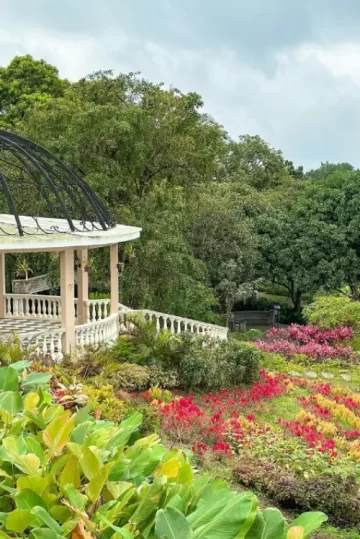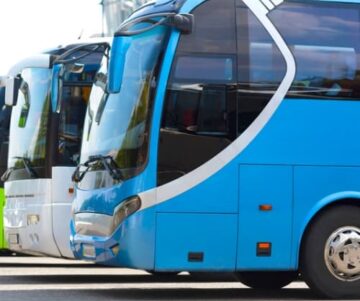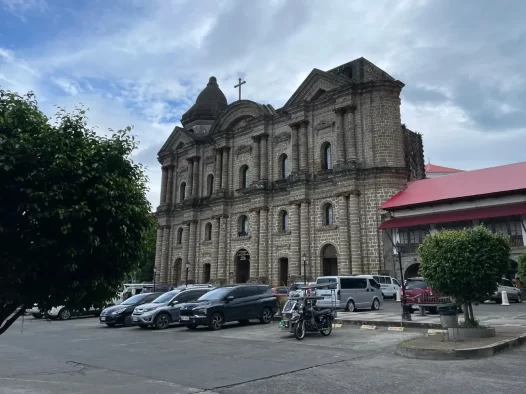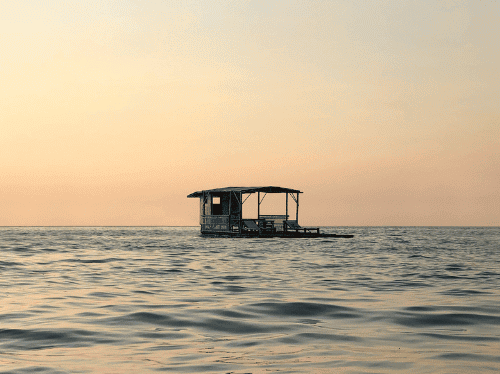Alitagtag
The Municipality of Alitagtag, located in the Heart of Batangas, is a 4th Class Municipality known for its peaceful ambiance. Situated approximately 17 kilometers from the provincial capital, Batangas City, and about 101 kilometers from bustling Manila, Alitagtag enjoys its designation as one of the residential corridors of the South. The town’s strategic location also places it within the Taal Volcano Protected Landscapes (TVPL), granting residents and visitors breathtaking views of the majestic Taal Lake and Volcano.
With a promising future, the Provincial Development and Physical Framework Plan (PDPFP) foresees vast residential developments for Alitagtag, given its proximity to industrialized cities and municipalities. Currently, the town’s economy thrives on agriculture and employment services, serving as the primary sources of income for its industrious residents.
Moreover, Alitagtag stands out for its distinctive karosa (float)-making industry, showcasing the community’s exceptional craftsmanship and artistry. The renowned “Tapusan Festival” further highlights the town’s rich cultural heritage and strong faith, drawing attention to the local people’s passion for their traditions and creativity.
Overall, Alitagtag exudes a serene charm while holding immense potential for growth and development, making it an alluring destination for residents and visitors alike.
History and Heritage
The Municipality of Alitagtag, once a cluster of registered barangays under the jurisdiction of Bauan, Batangas, has a history marked by significant milestones. In the early 20th century, Alitagtag comprised the barangays of Alitagtag, Balagbag, Dalipit, Munlawin, and Muzon. The desire for local governance and autonomy led the voting population to pass a resolution on August 10, 1908, seeking separate municipality status. Three months later, the Provincial Committee approved the resolution, and Governor Galicano Apacible endorsed it to the Civil Commission for consideration.
On January 2, 1909, the Civil Commission, with Executive Secretary Carpio at its helm, heard the resolution, culminating in an Executive Order issued on May 7, 1909, that officially established Alitagtag as a municipality. With effect from January 1, 1910, the town embarked on its journey of growth and development.
Over the years, Alitagtag has evolved into its present state, a peaceful and promising municipality with a commitment to sustainable progress. Embracing its heritage and envisioning a brighter future, the town continues to work towards improving the lives of its residents and preserving its unique cultural heritage. As it moves forward, Alitagtag cherishes its rich history and looks ahead with optimism towards a harmonious and prosperous tomorrow.
Climate
The rainy season starts on May and ends on November. When December comes, the people experienced a very cool dawn. The summer season on the month of January to the end of April.
If you prefer a hassle-free trip, you can rent a car or hire a private vehicle for more convenience and flexibility. Public transportation, such as buses and jeepneys, is also available and can be a more budget-friendly option.
Batangas: Where history, beauty, and resilience converge, creating a tapestry of captivating stories and unforgettable moments.
May Flower Festival
The May Flower Festival, also known as Tapusan, is a significant and enduring event in Alitagtag, Batangas. Celebrated for over a century, even before the municipality’s establishment in 1910, this religious festival demonstrates the unyielding faith of the Alitagtagenos towards Mother Mary and the Holy Cross. The entire community joins in the preparations and presentations, making it a captivating occasion for locals and tourists alike. While rooted in religious devotion, the festival’s appeal extends to visitors through the impressive karosas, elaborately decorated floats, crafted by each barangay or association. These intricately designed karosas, powered by gasoline, showcase the remarkable artistic talents of the people of Alitagtag. Held annually on the 31st of May, the May Flower Festival offers an unforgettable and vibrant experience for all attendees.



Local Attractions
Batangas in the Philippines offers a range of local attractions that cater to various interests. These are just a few of the attractions you can explore in Batangas. Whether you’re interested in history, nature, or relaxation, the city offers something for everyone.
Getting Around

Buses
Buses provide transportation for longer distances, connecting Batangas with other regions and provinces. These buses have designated terminals and offer a more comfortable option for longer journeys.

Jeepneys
Jeepneys are a staple mode of public transportation in the Philippines. They are colorful, elongated jeeps that can carry multiple passengers. Jeepneys follow specific routes and have fixed fares.

Tricycles
These motorized vehicles consist of a motorcycle with a sidecar, which can accommodate around 3 to 4 passengers. Tricycles are commonly used for short trips within the city, and fares are usually negotiable.




